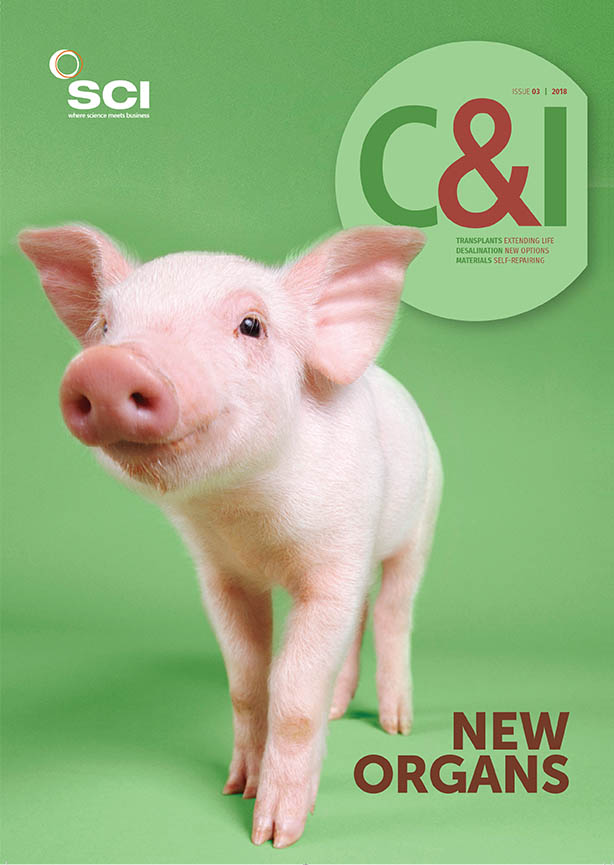Researchers claim to be ‘on the cusp’ of creating a new generation of devices that could vastly expand the practical applications for 3D and 4D printing. At the ACS meeting in New Orleans in March, H. Jerry Qi at Georgia Institute of Technology reported the development of a prototype printer that not only simplifies and speeds up traditional 3D printing processes, but also greatly expands the range of materials that can be printed.
Image: H Jerry Qi
‘Our prototype printer integrates many features that appear to simplify and expedite the processes used in traditional 3D printing,’ said Qi. ’As a result, we can use a variety of materials to create hard and soft components at the same time, incorporate conductive wiring directly into shape-changing structures, and ultimately set the stage for the development of a host of 4D products that could reshape our world.
4D printing would allow 3D printed components to change their shape over time after exposure to environmental triggers such as heat, light and humidity. In 2017, for example, Qi’s group, in collaboration with scientists at the Singapore University of Technology and Design, used a composite made from an acrylic and an epoxy along with a commercial heat source to create 4D objects, such as a flower that can close its petals or a star that morphs into a dome (Science Advances, doi: 10.1126/sciadv.1602890). These objects transformed 90% faster than previously possible because the team incorporated the mechanical programming steps directly into the 3D printing process.
‘As a result, the 3D printed component can rapidly change its shape upon heating,’ the researchers reported. ‘This second shape largely remains stable in later variations in temperature such as cooling back to room temperature. Furthermore, a third shape can be programmed by thermomechanical loading, and the material will always recover back to the permanent (second) stable shape upon heating.’
In their latest work, the group sought to create an ‘all-in-one’ printer that combines four different printing techniques: aerosol, inkjet, direct ink write and fused deposition modelling. The resulting machine can handle a range of materials such as hydrogels, silver nanoparticle-based conductive inks, liquid crystal elastomers and shape memory polymers (SMPs). It can even create electrical wiring that can be printed directly onto an antenna, sensor or other electrical device. The process uses a direct-ink-write method to produce a line of silver nanoparticle ink, which is dried using a photonic cure unit – whereupon the nanparticles coalesce to form conductive wire. Lastly, the wires are encased in plastic coating via the printer’s inkjet component.
The researchers can also use the printer to create higher quality SMPs capable of making more intricate shape changes than in the past. And to also make materials comprising both harder and softer or more bendable regions, Qi explained. Here, the printer projects a range of white, grey or black shades of light to trigger a polymer crosslinking reaction dependent on the greyscale of shade shone on the component part. Brighter light shades create harder component parts than darker shades.
In terms of applications, Qi’s own particular interest is in developing ‘soft robots’ with sensory properties more akin to human skin than the traditional metallic or rigid robots with which we are probably more familiar. Sensory robots, Qi says, will play a big role in future safety for human workers working alongside robots. As a first step in that direction, his group is currently working with Children’s Healthcare of Atlanta to investigate whether the new technology could make prosthetic hands for children born with malformed arms – a condition not covered by most medical insurance policies. The idea would be to combine multiple different sensors to create a functional replacement hand.
In future, new 3D and 4D printers will ultimately be capable of printing whatever we might want to make, Qi says. He points, for example, to work by Jennifer Lewis at the University of Harvard to 3D print a Li-ion battery (https://doi.org/10.1002/adma.201301036) – an essential component of mobile phones and computer laptops. However, Qi notes that 3D printing does not always make economic or practical sense for all items. Instead, a big consideration will be ‘pick and place’ technology that mixes and matches printed and non-printed components to assemble the desired objects.





